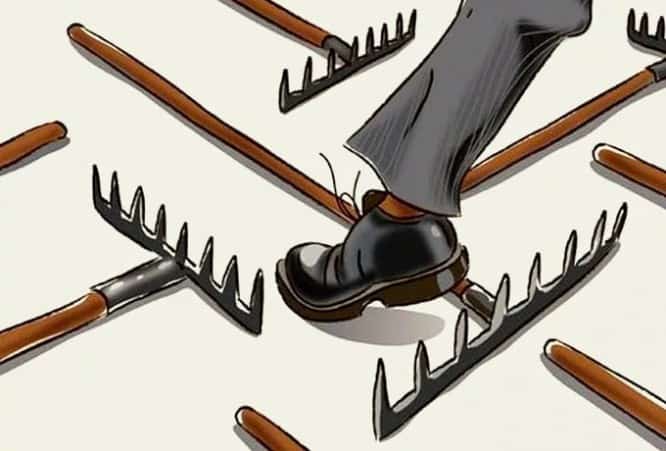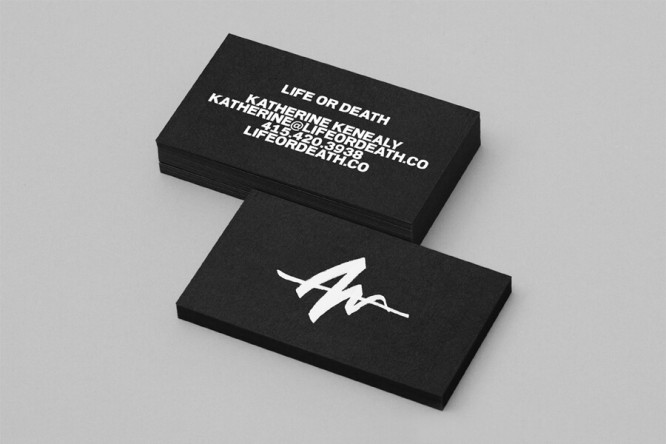Mistakes of young designers
Mistakes of young designers
This publication is unlikely to open something new for experienced designers with experience, but for beginners it will be very useful. We will talk about those common mistakes that beginner designers make.
Also, in the course of the article, several useful tips will be given that should help beginners to make their first works as high quality as possible and so that they are pleasing to the eye.

The first mistake
And I would like to start the story with the most urgent and widespread problem that is typical for novice creators – it is either an untimely desire to be equal to the “tops” of high-quality design, or a banally overestimated self-esteem. For example, if a designer is good at doing a job, then he wants to evaluate it on a par with the work of other, but more experienced designers, and he also wants to hear praise and boast of his own knowledge and skill. But most people know what a beginner’s job is.
It is no secret that the works almost always have one, two, or even more mistakes that even beginners themselves do not check in their creations. This is one of the biggest mistakes designers make. And if one of the newbies reads these lines, then he should take note of this and remember that experience comes only over the years, and getting everything right away just won’t work.
Second mistake
Problem number two is the wrong choice of color palette. As a rule, beginners use the brightest colors that exist, forgetting about the more reduced tones, which are also necessarily in the palette. If you use only bright colors, then as a result of the work, they will look like a street traffic light at night, which hurts the eyes of pedestrians with its glow.
It is unlikely that such works will be accepted by customers. And the only way to avoid these problems is to use not very bright colors, experiment yourself and get used to the fact that this is the norm. Perhaps this advice will save many novice creators from such mistakes.
The problem of filling works with various elements also cannot be ignored. It’s just that inexperienced designers are characterized by a certain maximalism – instead of dwelling on a couple of words and a logo, which are quite enough for success, they hammer the work, as they say, to the brim. This is mainly due to the feeling of lack of “something” in the work. And then sculpting of anything begins to work – with or without a theme. But work should be subordinated to a specific topic, so you should cultivate a sense of proportion.
Collages
The next stage of the conversation will concern not only web design, but also ordinary collages. It’s about shadows. There are two extremes here – either the absence of shadows in the right place, or the presence where they are not needed. The thing is that beginners often do not think about what the result of the work will be. Therefore, it is better for them to avoid working with shadows at the beginning of the creative path.
It is not that difficult, since this effect is used mainly in web design, and only occasionally in ordinary images. It is also better for designers with insufficient experience not to take on work that involves variations in appearance and light.
Color contrasts
It will not be superfluous to mention the contrast of colors. Probably, most people have come across the work of “cool designers”, where the required text, at best, is poorly visible, or, even worse, cannot be read at all. Although the text is what should grab the audience’s attention in the first place. So it’s better for beginners to sweat over contrasts right away and read the relevant articles than to completely redo the work later.
Here is another list of mistakes typical for novice designers: uneven cutting of objects, not quite correct substitution of images, non-observance of symmetry and image shapes, and so on. But these mistakes are not so scary, therefore, as a rule, designers fix them with experience.
Now let’s summarize all of the above and write down the points.
One should not believe in instant success, but understand that work experience comes only with time;
2. Use the entire color palette, and do not forget about the sense of proportion when using bright colors;
3. You do not need to mold too many unnecessary elements on your work, because the thematic and semantic fullness of the image must be observed;
4. Working with shadows must be meaningful;
5. It is necessary to pay as much attention as possible to the contrast of colors in the image, especially with regard to the text.
Outcomes
Perhaps this publication will help beginners take their first steps in this difficult business and make their work more valuable. The most important thing that novice specialists should remember is that success can be achieved only with continuous work – on yourself, on your skill. The more work – the more experience and more valuable work. Otherwise, nothing will come of it. And now it only remains to wish all the masters good luck and creative inspiration!
Source: vk.com
…


